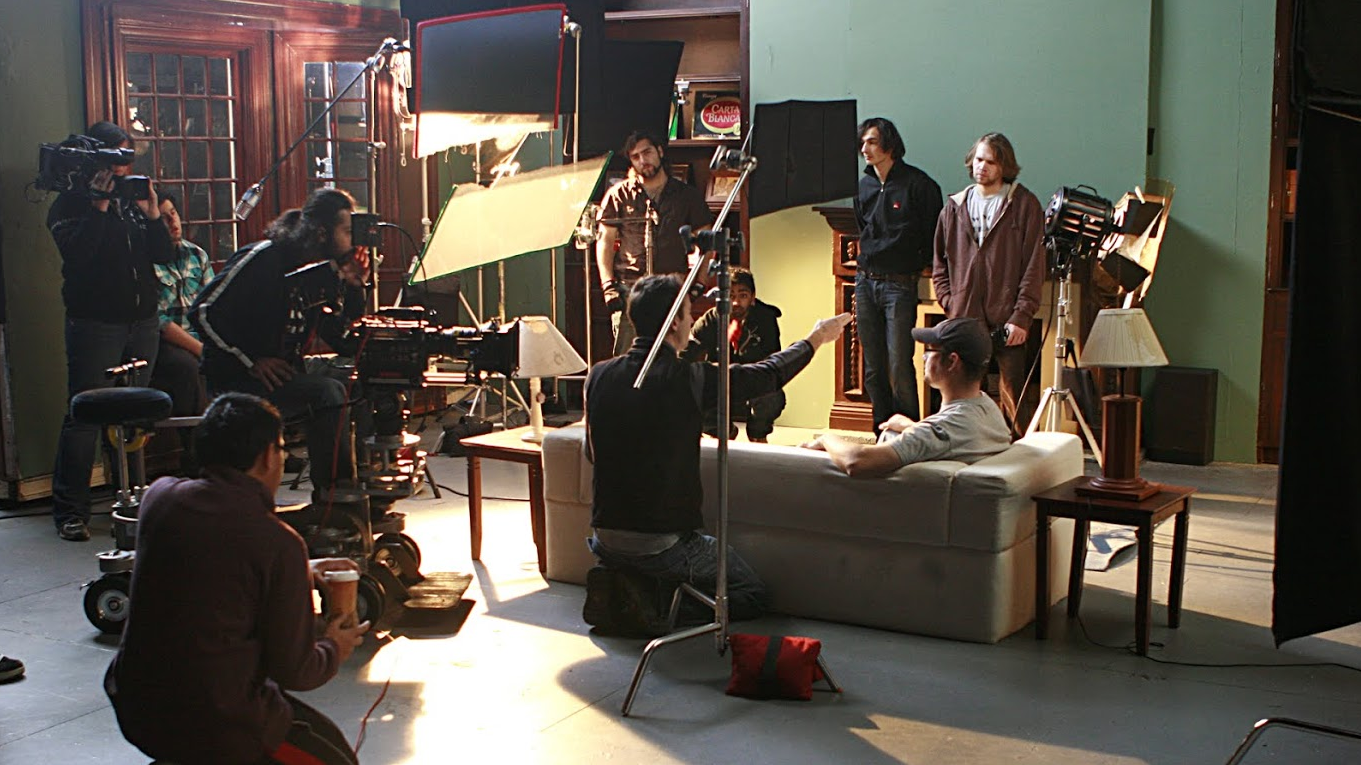
By Peter D. Marshall – When a first time Director steps on a set, blocking a scene can be one of the most frustrating and terrifying parts of their job.
If a director doesn’t understand the concept of blocking and staging, and they also don’t know how to speak the actor’s language, they could end up wasting valuable shooting time.
Every film shoot is divided into five parts:
1. Block – determining where the actors will be on the set and the first camera position
2. Light – time for the DOP to light the set and position the camera for the first shot
3. Rehearse – camera rehearsal of the first set-up with the actors and crew
4. Adjustments – making lighting and other adjustments
5. Shoot – shooting the first scene (then repeat the process)
Blocking a scene is simply “working out the details of an actor’s moves in relation to the camera.”
You can also think of blocking as the choreography of a dance or a ballet: all the elements on the set (actors, extras, vehicles, crew, equipment) should move in perfect harmony with each other.
Here are 5 important blocking tips:
1. Having a shot list will help you during the blocking process. The shot list is like a map: it gives you a path to your destination but you don’t always have to follow it
2. Let the actors show you what they want to do first, then, when you make a suggestion, it is based on something you have already seen
3. Where the camera is placed is determined primarily by what is important in the scene.
4. Blocking is like a puzzle: directors need to keep working at it until the whole scene works.
5. In Television and low budget films, speed is essential, story and block some scenes so that your action takes place in one direction (to avoid turning the camera around for reverses.)
For a more detailed explanation about blocking a scene, check out Filmmaking Article
Peter D. Marshall has worked in the Film and Television Industry for over 35 years. He also publishes the free monthly filmmaking ezine “The Director’s Chair. You can check out his website at: Action Cut Print and his film directing blog at Film Directing Tips
